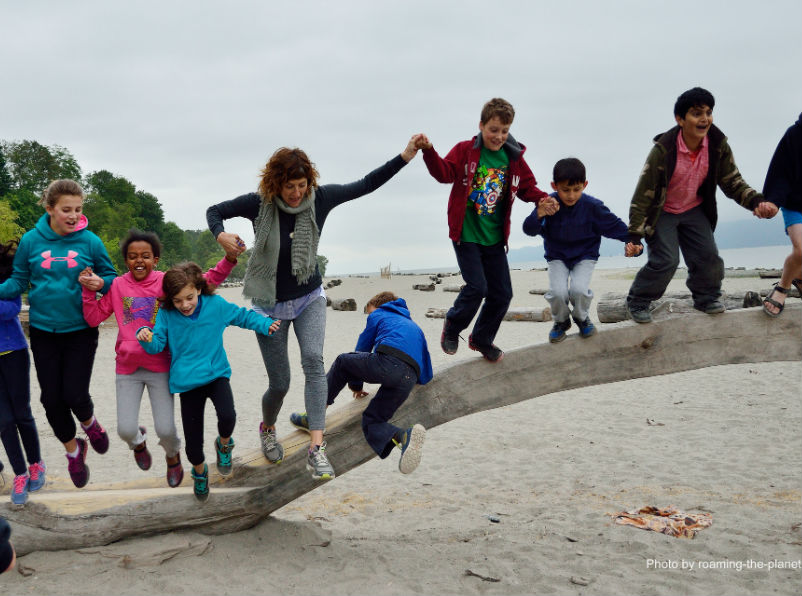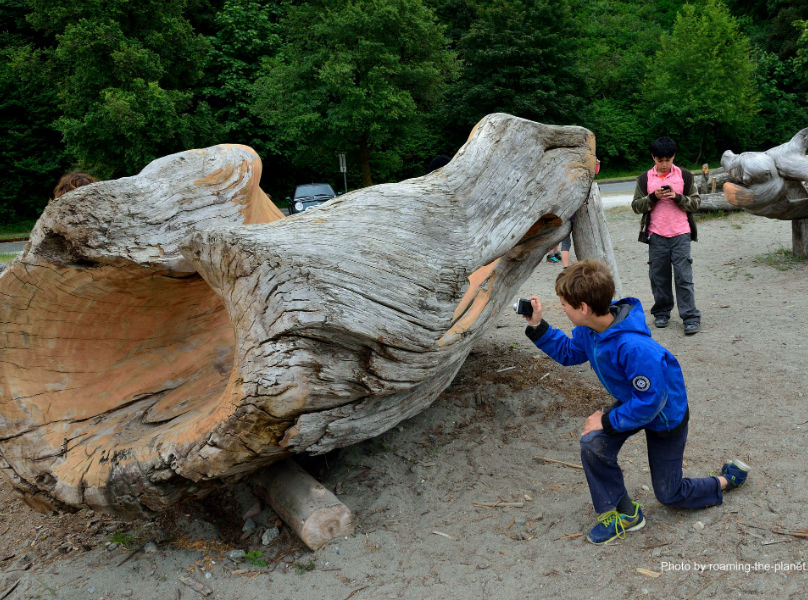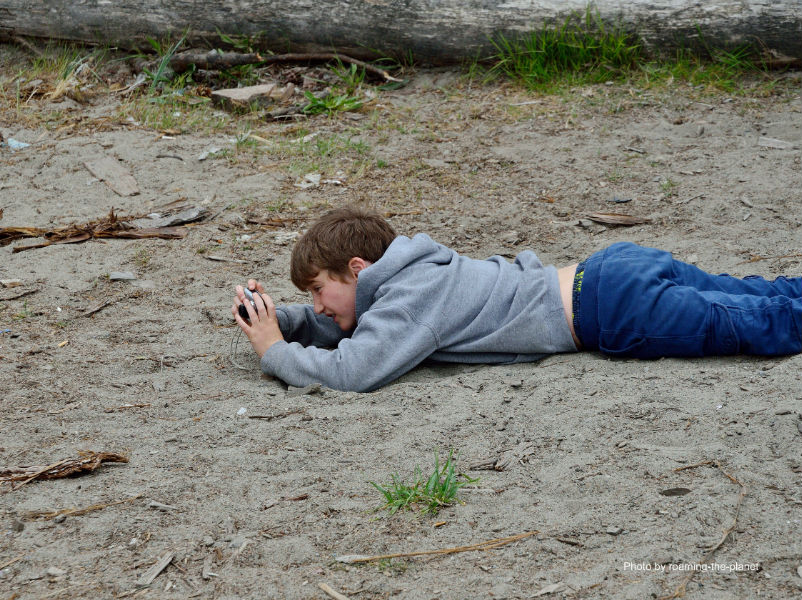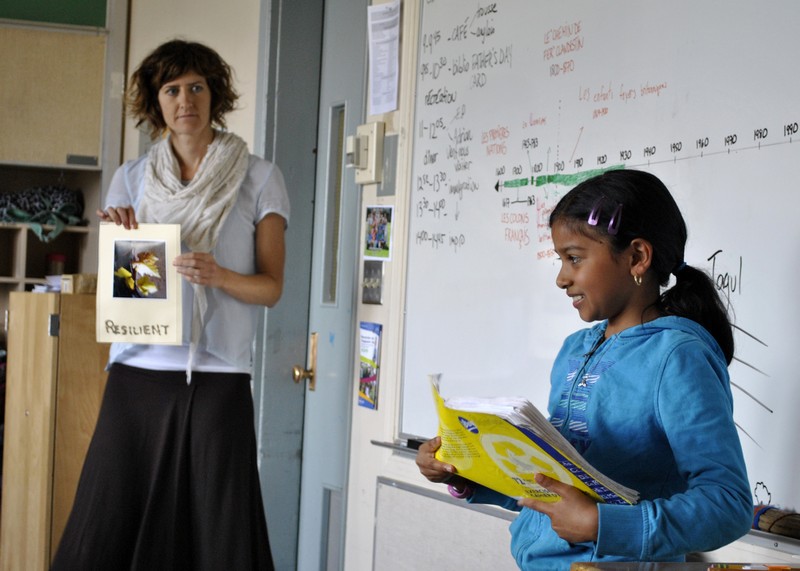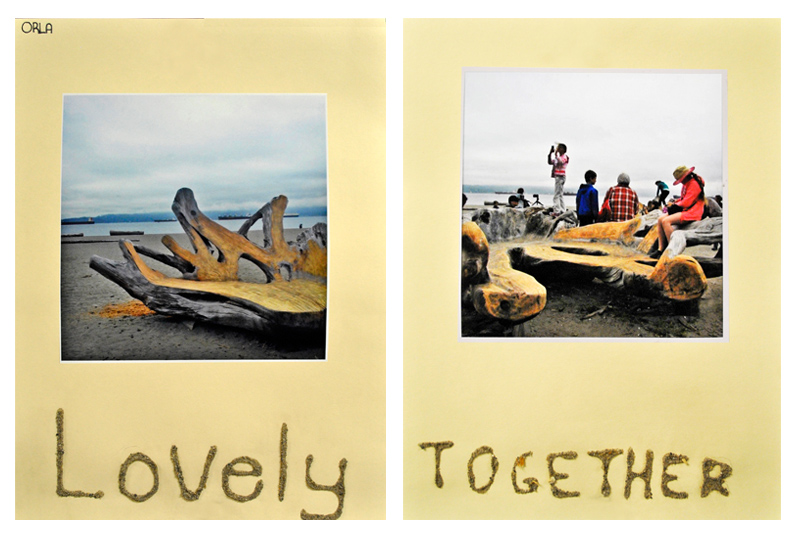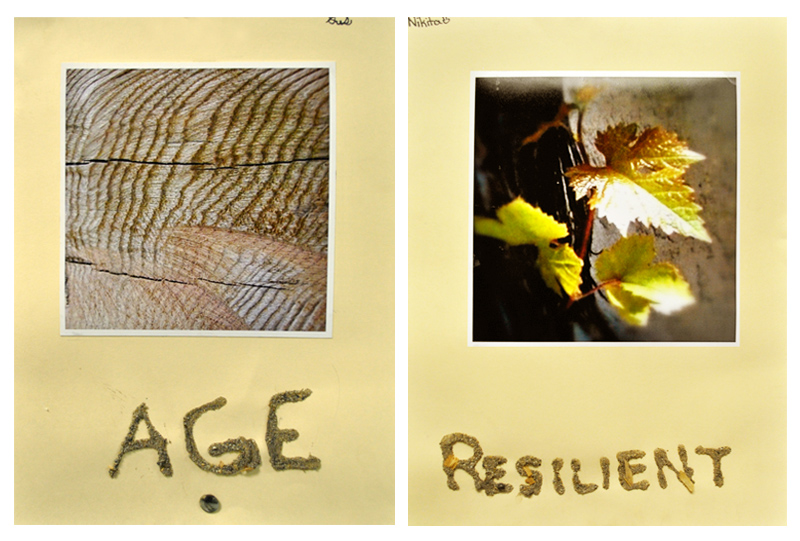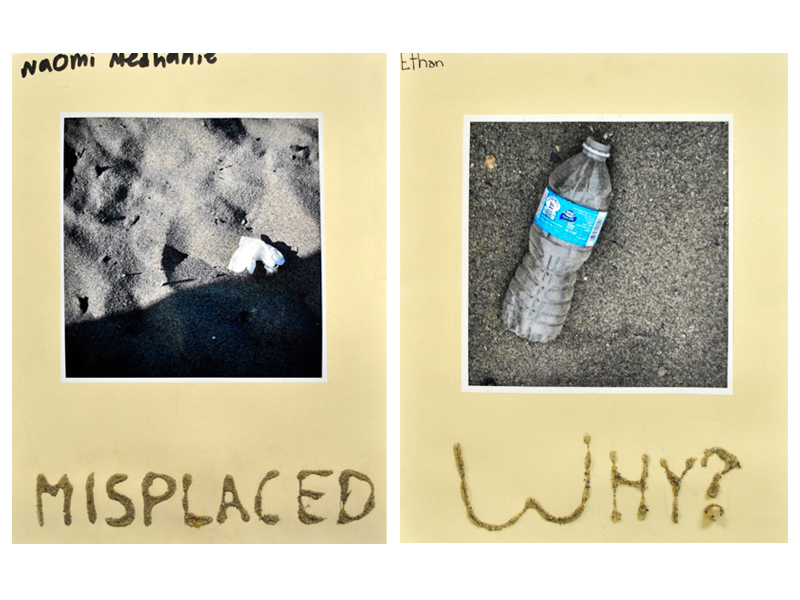Lord Selkirk Elementary: Nature and Humans Intertwined
Arts Education, Language Arts, Science, Social Studies
School: Lord Selkirk Elementary, Vancouver
Teacher: Karina Houle
Artist Collaborators: Adrian Walker
Class: Grade 4/5
Overview
Drawing inspiration from Public Furniture | Urban Trees, students looked at the interdependence, impact, and adaptation of organisms and humans to their changing environment (habitat/community) with living and non-living things.
Connection to the Vancouver Biennale Exhibition
Through the visit to the Vancouver Biennale Public Furniture | Urban Trees, the students experienced the power of outdoor learning and made connection with art, habitat, living and non-living things in nature.
Other Resources
A companion Guide for Natural Curiosity: Making Environmental Inquiry Work Through Teacher Collaboration
BIG IDEAS
The interdependency of living things and humans in the environment
Guiding Questions
How can balance be found between nature and human while living in the same habit/community/environment?
Learning Process/Inquiry challenges:
BC’s Natural Resources & França’s Use of Wood – Human/ Environmental Interaction
How is our life in Canada and British Columbia connected to natural resources? How is Hugo França’s work connected to natural resources and sustainability?
1/ Teacher develops a Concept Attainment Activity, to introduce students to renewable and non-renewable resources.
2/ Teacher-led discussion: What natural resource does Franca use in his work? Why does he use wood? Where does he find the wood for his work? Why does he only use wood from the forest floor?
3/ Introduce the Sustainable Design Awards Students might bringing in items or images of items that are sustainable and non-sustainable for follow up activity that around the generation of a sustainable product.
BC’s Natural Resources & França’s Use of Wood: Deforestation – Human/ Environmental Interaction
How do individual choices impact the environment?
1/ Facilitate discussion on the artist’s choice of cutting equipment and the dual meaning (destruction or creation).
2/ Students brainstorms items made from trees: one essential to living/the other that we can do without.
3/ Read The Lorax (ebook).
4/ Group work: half the groups are assigned to defend the Onceler and half to defend the Lorax.
5/ Host a debate defending Onceler and Lorax.
6/ Debrief: Groups take turns sharing sides.
7/ Teacher-led discussion around the need to strike a balance between satisfying needs/desires, using trees to make things like the Onceler does and protecting the environment. Possible Questions: Would we all just stop using trees altogether? What would a logical solution be?
8/ Extension: Students write a solution that would satisfy both the Onceler and the Lorax or write a different ending to the book.
Throughout the process
The students reflect on their entire learning process by revisiting the Guiding Questions.
• How did the unit of study open inquiry, create cross–curricular learning opportunities and/or apply learning to real life situations? Has this unit of inquiry changed your opinions, values and world view? In what ways, if any, has it helped you grow as a learner?
• Use of photography to document and show understanding of the interconnectedness of nature and human to their environment and inquiry process.
Cross-Curricular Access
- Language Arts: Use writing to develop a Portfolio with reflections, photos, sketches, explanations, experiences, discoveries and communicate orally (in French) their Inquiry process and experience during Art crawl
- Visual Arts: Students express their learning through use of photography
- Social Studies: linking First Nations perspective and relationship with nature
- Science: Use the Steps to Inquiry to come to analyze and interpret data, patterns , investigations… http://smarterscience.youthscience.ca
- Science: Environmental Inquiry during field trips
Student Creation
- Students took photographs of their observations during field trips and through out their inquiry process
- Portfolio of inquiry process
- Students host an exhibition of their work for the community (art crawl)
Reflection
Artist – Adrian Walker
The Big Ideas project, Nature and Humans Intertwined, gave me the opportunity to introduce the work of Hugo Franca to the students of Lord Selkirk Elementary School. Initially inspired by the Guiding Question, “how can balance be found between nature and humans while living in the same habit/community/ environment?” and the Enduring Understanding, “the interdependency of living things and humans in the environment ”, my involvement began with a discussion of the work of Franca and incorporated a reading of the Lorax by Dr. Seuss, as well as a foray into the large format photographs of Edward Burtynsky and Andreas Gursky. These all culminated in a photo-based project that took as its inspiration, Franca’s Public Furniture/Urban Trees at Spanish Banks.
The first stages of this project looked at Franca’s work within the context of his notion of ‘repurposing’ dead trees. The class followed his projects from the early days in the Brazil rainforest to his most recent project here in Vancouver/Squamish. One of the key Big Ideas that we worked through was the notion of interdependency between humans and nature. It wasn’t long before the class was engaged in a carefully organized debate around the concept of sustainability and natural resources. The students agreed that Franca’s gesture of ‘repurposing’ old dead trees that were once forgotten and hidden away from the public eye, gave a new impetus to the cause of those who champion the sustainability initiative. I would also add that bringing the Lorax narrative to the stage of our debate certainly helped to re-inforce the position of those in the class who thought it was important to show the horrible reality of a world without trees. Students were also quick to see how Burtynsky’s recent photographs from his Water Project mirrored the dire situation in Lorax, but this time from the point of view of the depletion of one of the earth’s most crucial resources – water. Bit by bit, students were beginning to see the interdependency of things in their natural environment.
Eventually, once the class had spent a bit of time learning a few photographic techniques (rule of thirds, vanishing perspective, etc.) they were ready for the field trip to Spanish Banks. Their immediate response to Urban Trees was so instinctive and everyone climbed aboard the sculptures with delight. What a contrast to the week before when I had visited the sculptures for photographic purposes. I’d been there almost two hours and no one approached them, let alone sat down on them. Now, however, the students were completely engaged and began to notice various forms within the trees themselves…”there’s a hand”, “I can see a turtle”, and on and on. One student noticed that looking at the sculpture from different angles presented new possibilities for their imagination to work with.
Once we’d had a discussion about the site-specific nature of this location and had a chance to look around the area for things that impacted our environment, we readied our cameras and went on a walking tour to a little stream where salmon fry are released into the ocean by schools throughout the Vancouver school district. The rest of the field trip was spent observing and taking photographs of objects, places and things around us that made some kind of impact on the environment. Our purpose being to see how connected we, as humans, are to these things and for better or worse, how responsible we are for the future of our landscape.
The field trip was a huge success but this was just the beginning of the final stage of our project. Students were tasked with going over all of the photographs they had taken that day and find one photograph that spoke to a concern, issue or element of interest that inspired them. Once they identified that image, they cropped it and performed a few digital edits to enhance the photograph. The photograph was then printed and mounted on a beige piece of paper. As a final step in this process, students assigned a word to their image. This word appeared just below the photograph and would be spelled out using the sand and wood fragments gathered from underneath Franca’s sculptures. It was our way of ‘repurposing’ the environment and sculptures that inspired this Big Ideas project.
There was a great sense of pride in the class once the photographic artworks were displayed proudly in the hallway in front of the students’ classroom. Driven by the desire to make a difference in the world around them, these grade four and five students of Lord Selkirk Elementary created their own message of hope, inspired by Franca’s sculptures, and in part consisting of the very sand on which his sculptures were exhibited.
Credits
Photo at the Public Furniture | Urban Tree taken by roaming-the-planet
Related Material
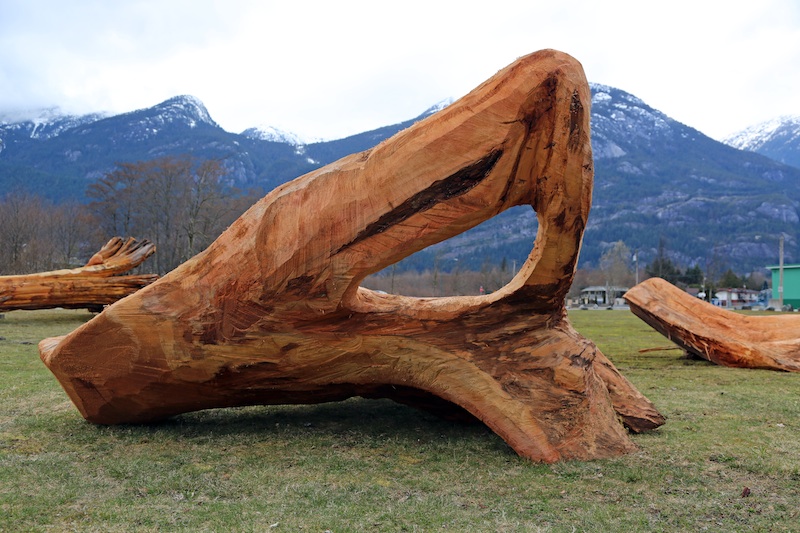 Becoming One with Nature and the Tree
Becoming One with Nature and the Tree